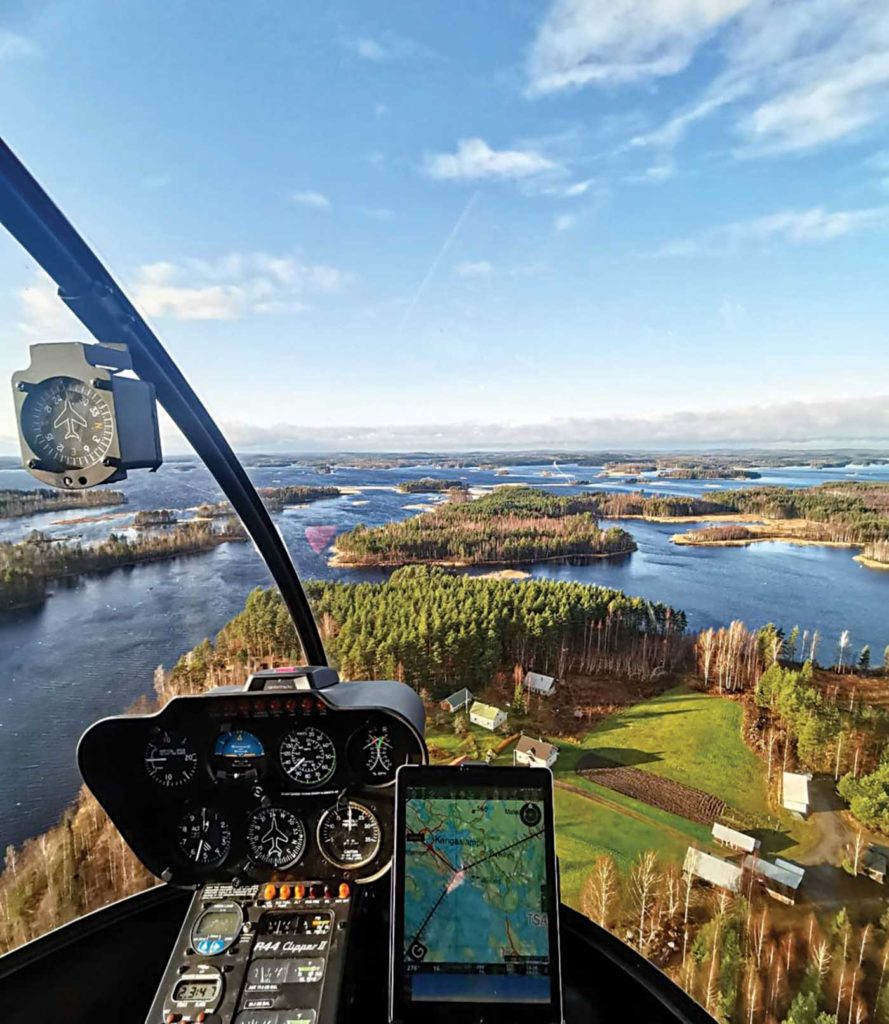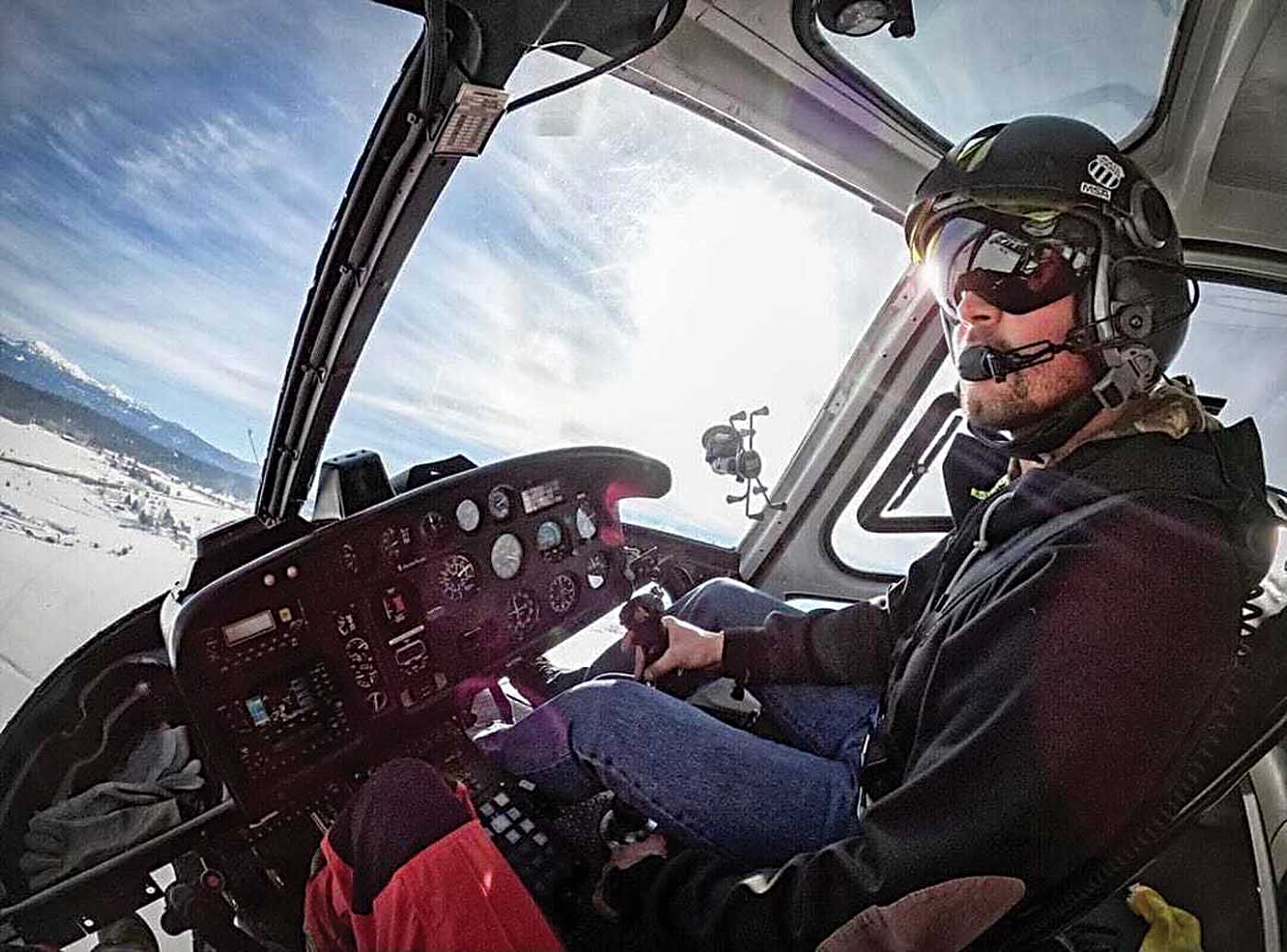If you’re the chief pilot of a small helicopter operation who’s also the CEO, safety manager and operations manager, you don’t have much time to spare. Sifting through the reams of statistics a traditional flight data management (FDM) system produces each day is rarely feasible.
Even at larger operations, flight data only translates to meaningful insight if there’s a dedicated staff member with time to make sense of it. And while traditional FDM has its place, there’s no denying many operators would benefit from a simpler option that works in tandem with their safety management system (SMS).

This is exactly where Insights from Spidertracks fits in — a super-simple dashboard-style interface that makes it easy to interpret detailed flight data at a glance and turn it into actionable safety strategies.
“The aircraft owner-operator cannot be in the aircraft for every single flight,” said Zandri Banks, chief experience officer at Spidertracks. “But what he can do is log in and immediately have a snapshot of how the aircraft was flown at the time and then make informed decisions on the available information.”
Insights by Spidertracks launched in April 2021 and is already in operation with more than 300 aircraft around the world. The product is not an SMS in itself, but works together with an SMS to easily identify flight safety events so operators can avoid similar incidents in the future.
It’s also a natural extension of Spidertracks’ virtual flight data recorder (FDR) technology, which revolutionized flight monitoring when the New Zealand-based company introduced it nearly three years ago.

“Our mission is to make the aviation community a safer place to live and operate in,” said Banks. “But how can we move from a reactive space into a proactive space? That was the impetus for [Insights].”
Insights is a software application that digests and interprets attitude and heading reference system (AHRS) data from Spider X, a small plug-and-play virtual FDR device that provides real-time flight tracking via satellite and text-based communication.
Spider X continuously captures roll, pitch, yaw, rate of descent, maximum altitude, and other data during flight, then transfers it wirelessly to the cloud-based app upon returning to base.
As part of a post-flight debrief, the owner-operator can use Insights to immediately identify any in-flight safety events where a pilot flew outside of predetermined safety parameters. They can also view a fully-rendered 3D replay of each flight that Insights produces from AHRS data.

By analyzing the prevalence of safety events in specific situations, the operator can also create training opportunities to avoid similar incidents in the future. Insights by Spidertracks also provides an alternate method for identifying flight safety events in addition to pilot self-reporting.
“Human error is the leading cause of aircraft accidents, especially in general aviation,” said Banks. “So, with this addition, aircraft owners and operators are able to pull their [data] into a really robust SMS, where it enables risk identification, reporting and mitigation.”
In addition, Spidertracks has seen pilots embrace their flying performance on Spider X as part of their safety record — a statistic that goes beyond hours-flown to identify a pilot’s skill level.
“The feedback we’ve heard is, ‘Even though I’m a low-time pilot, this shows that I’m making good decisions in flight,’” said Banks. “It’s a safety tool for the operator, the pilot, the safety manager; everyone benefits from it.”
As a company, Spidertracks traces its origins back to a high-profile fatal helicopter crash in 2005. The emergency locator transmitter antenna on the Airbus H120 aircraft sheared off and did not transmit properly, resulting in a 15-day search that has been called the most inefficient search-and-rescue mission in New Zealand history.
Two engineers decided there had to be a better way to track aircraft and created the first Spider — a global positioning system receiver hacked together with an Iridium transceiver and a few other components on a breadboard they contained in a plastic lunchbox.
This innovative device could transmit location information throughout each flight, using the Iridium satellite network to deliver it back to the ground in real time. In the decade-and-a-half since, Spidertracks has monitored thousands of aircraft through millions of flight hours.

But until the release of Insights by Spidertracks, the process was largely reactive and used in the event of an accident. The company wanted to move the effectiveness of its products forward, and develop a system that allows operators to proactively mitigate disaster.
As rave reviews about its latest products roll in, the company continues to innovate every day — and always with the goal of improving safety in the global aviation community.
“There’s a lot of exciting stuff coming,” said Banks. “We’re an aviation company. But under the hood, we’re a tech company that’s constantly building and expanding and innovating to keep layering in value for our customers and solving real problems for the industry.”









